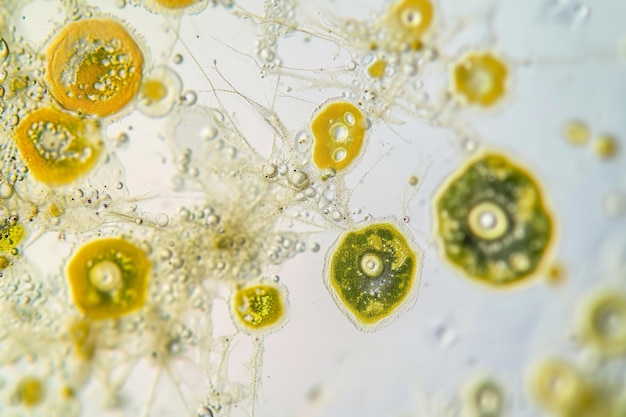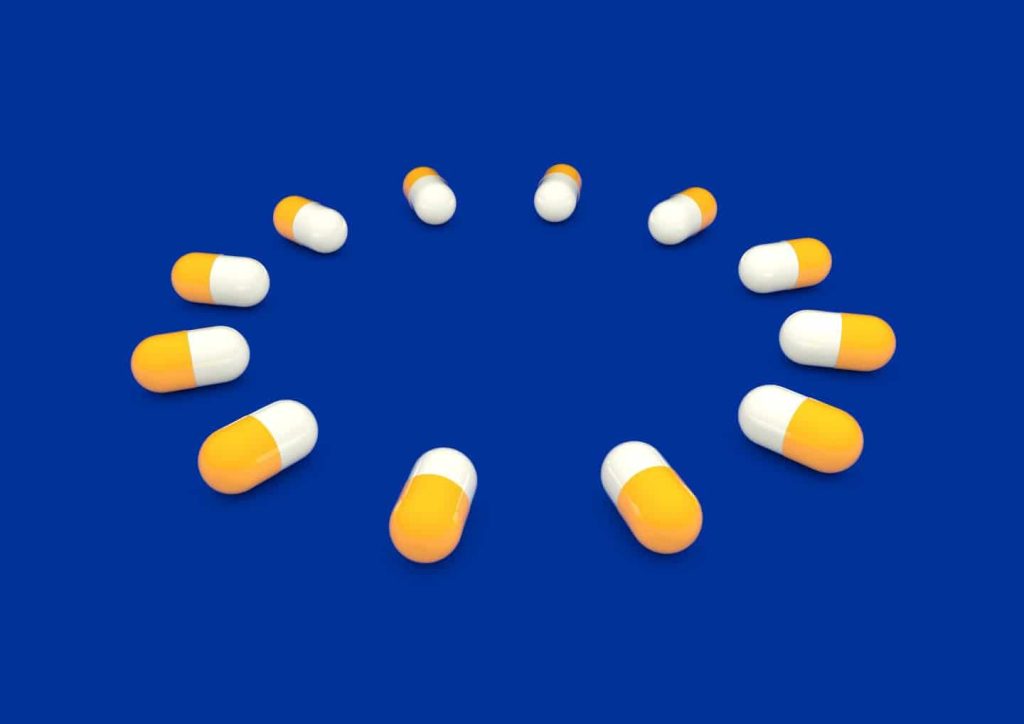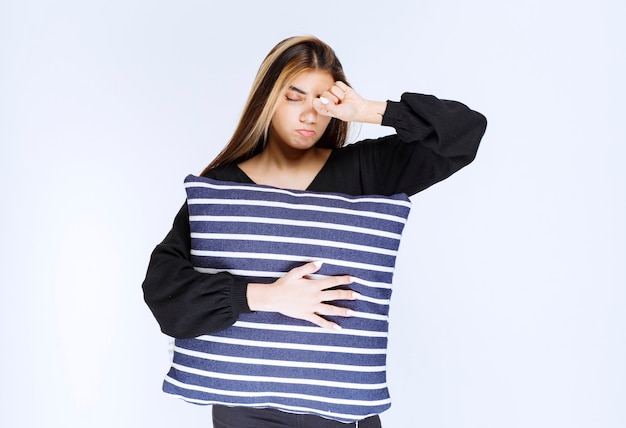Chlamydia is a common infectious disease, especially among young adults and teenagers. It’s caused by the bacterium Chlamydia trachomatis and is mainly spread through unprotected sex. However, it can also be passed from mother to child during childbirth.
Chlamydia is often called a “silent” disease because its symptoms are subtle and can be confused with other health issues. If not treated, it can lead to serious problems, particularly with the reproductive system.
Chlamydia trachomatis is a bacterium that can only live and grow inside human cells. It has various types, each linked to different diseases such as Venereal lymphogranuloma (LGV), Pelvic inflammatory disease (PID), and Trachoma.
The major risk factors for chlamydia include multiple sexual partners, unprotected sex, other sexually transmitted infections (STIs), and young age. Understanding these risk factors can help in taking preventive steps, such as practicing safer sex and getting regular health screenings.
Chlamydia is mainly spread through intimate contact that involves the exchange of sexual fluids. This can happen during vaginal, anal, or oral sex, and even through shared sex toys. Many infected people don’t realize they have it and therefore unintentionally spread it.
Symptoms often go unnoticed as chlamydia might not cause symptoms. When symptoms do show up, they can be mild and easily mistaken for other issues like bladder infections. Untreated chlamydia in females can lead to severe reproductive problems, including pelvic inflammatory disease (PID). In men, untreated chlamydia can lead to prostatitis or epididymitis.
Chlamydia is diagnosed through different tests, including traditional culture tests and more modern methods like immunofluorescence reactions and enzyme immunoassays. Chlamydia is treated with antibiotics, based on tests that determine which antibiotics will work best.
Preventing chlamydia involves regular health check-ups, especially for sexually active women, and practicing safe sex. Using condoms is the most effective way to prevent sexually transmitted infections.







